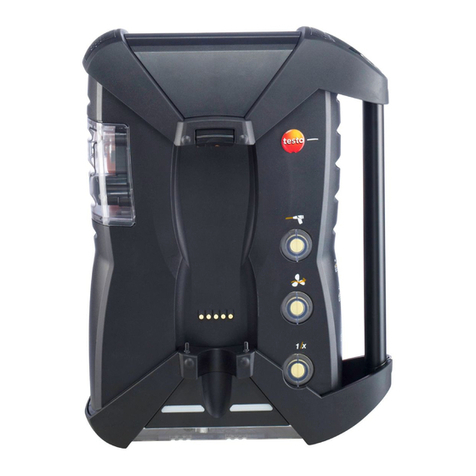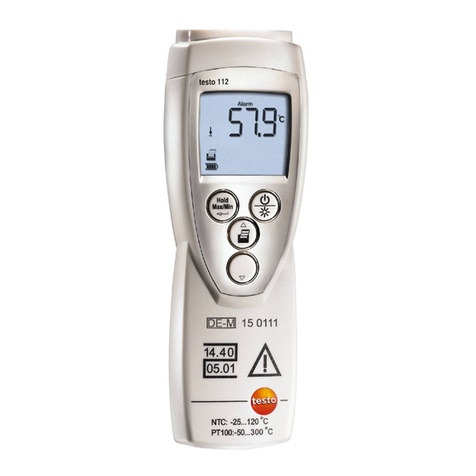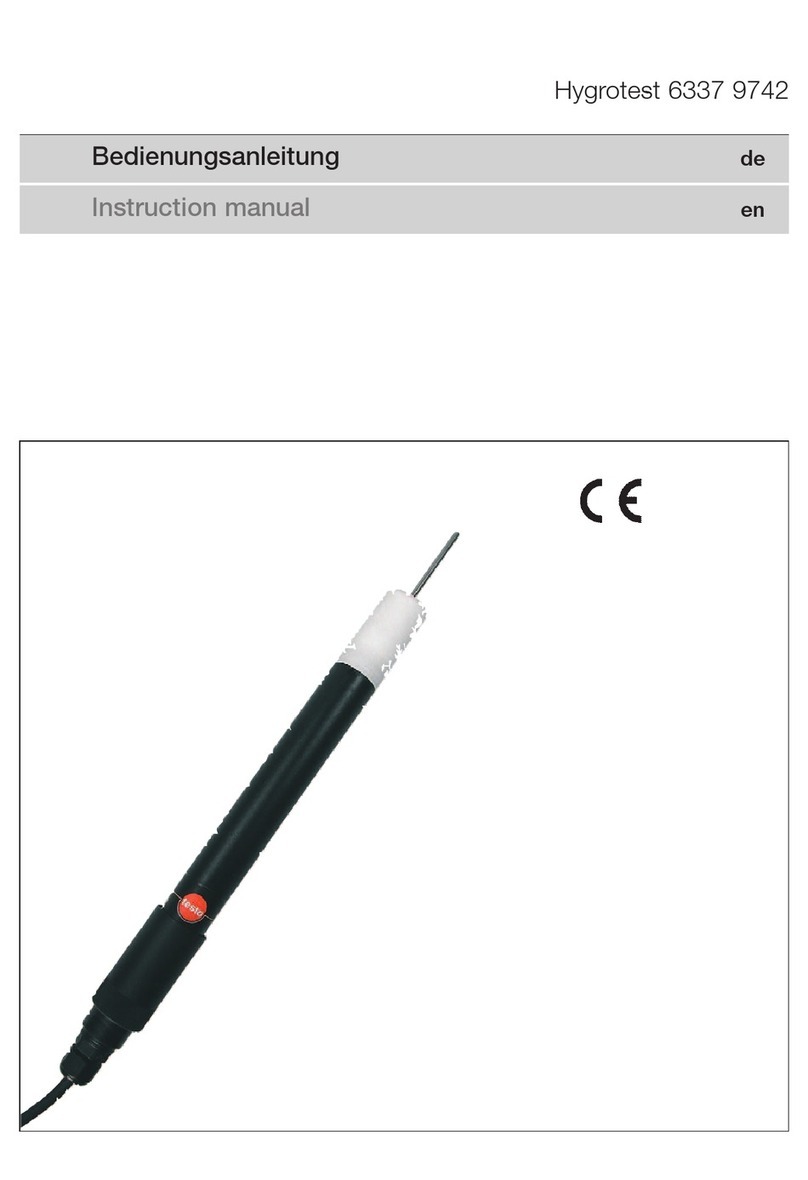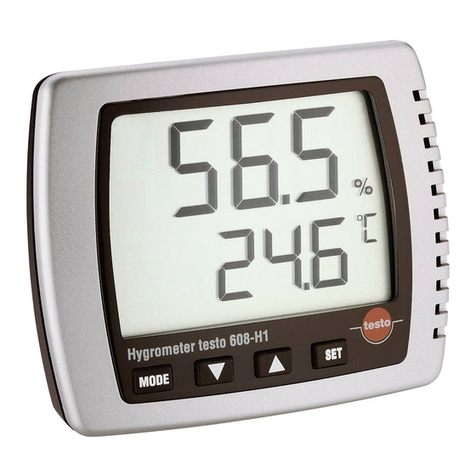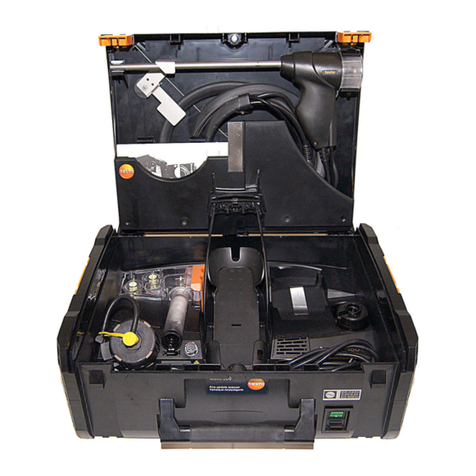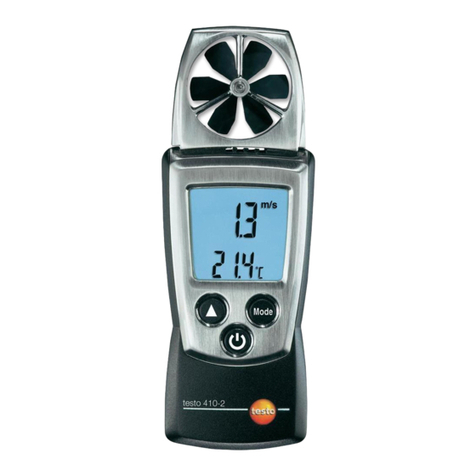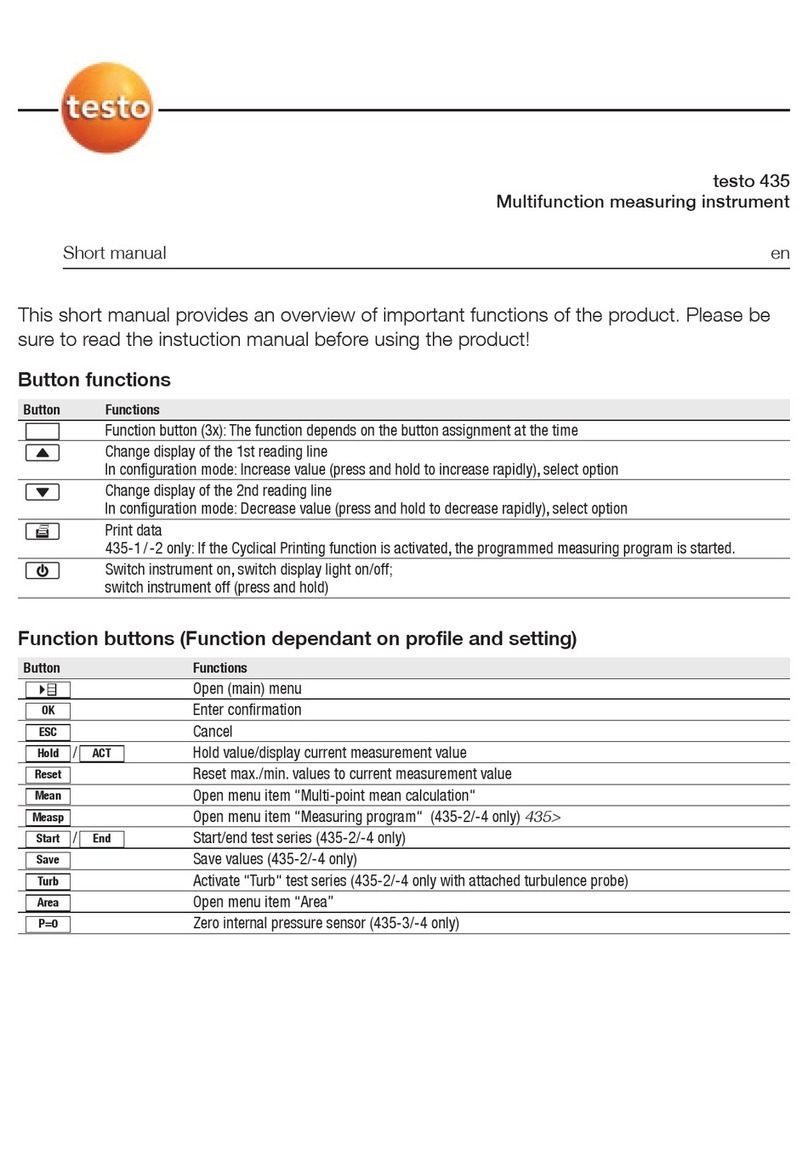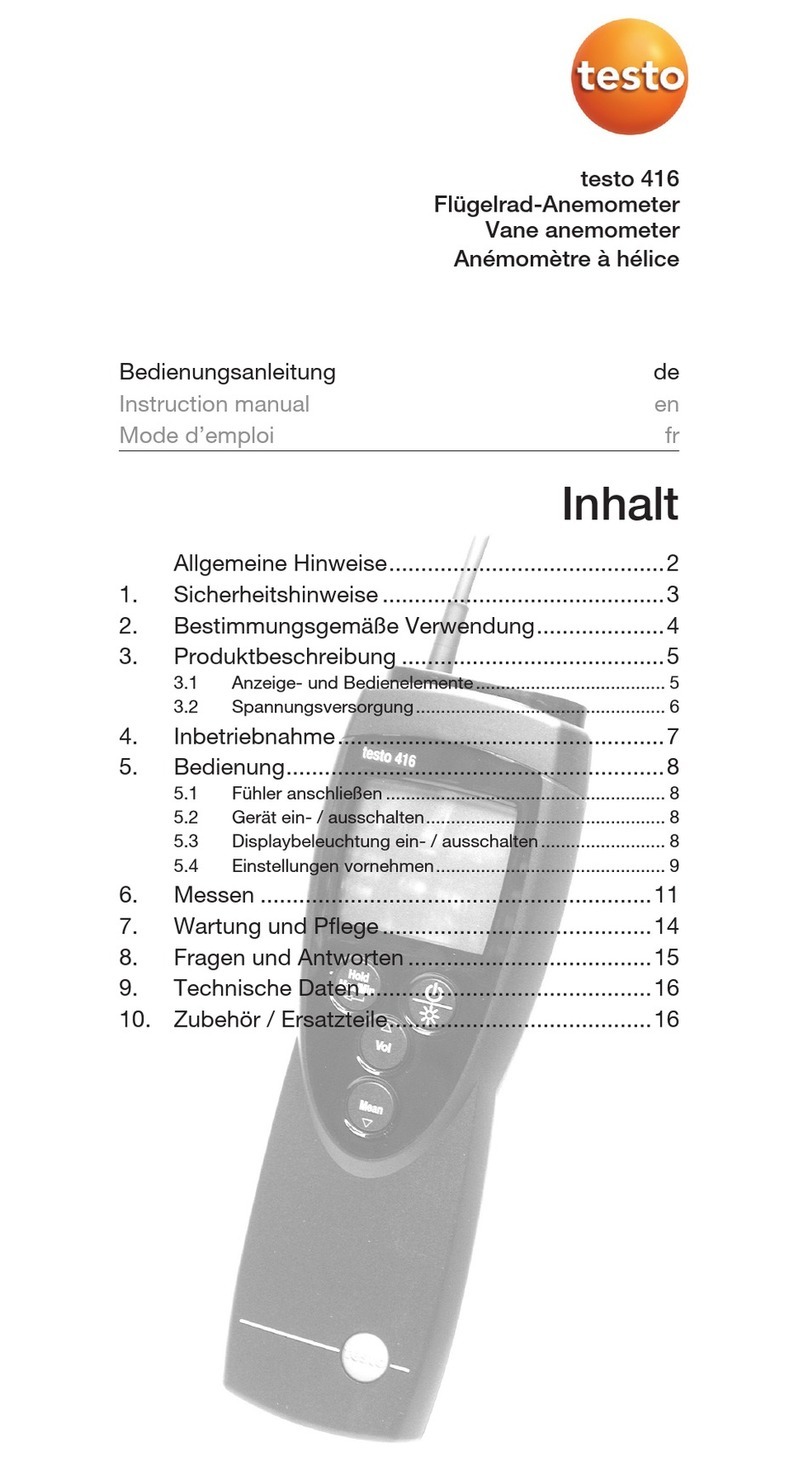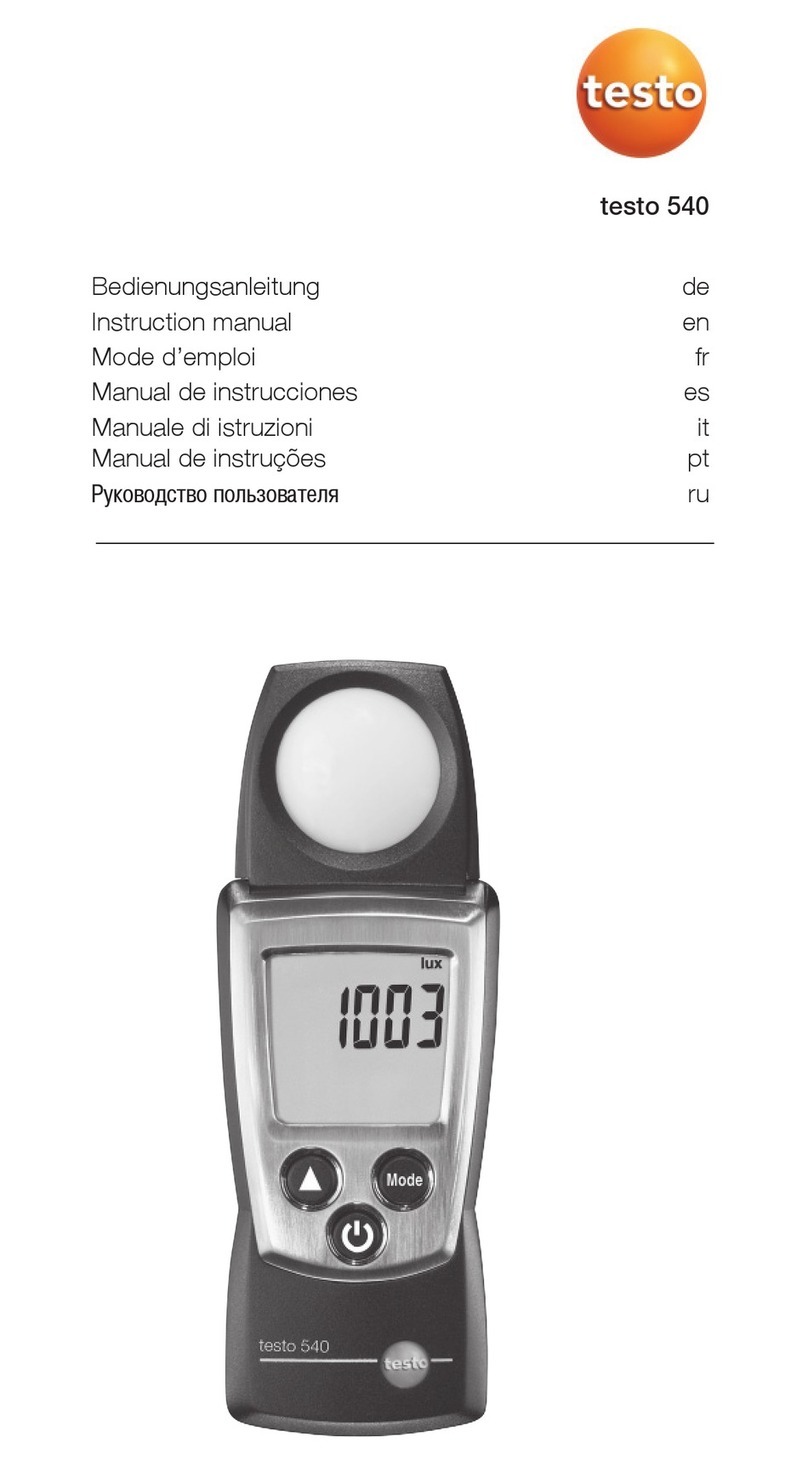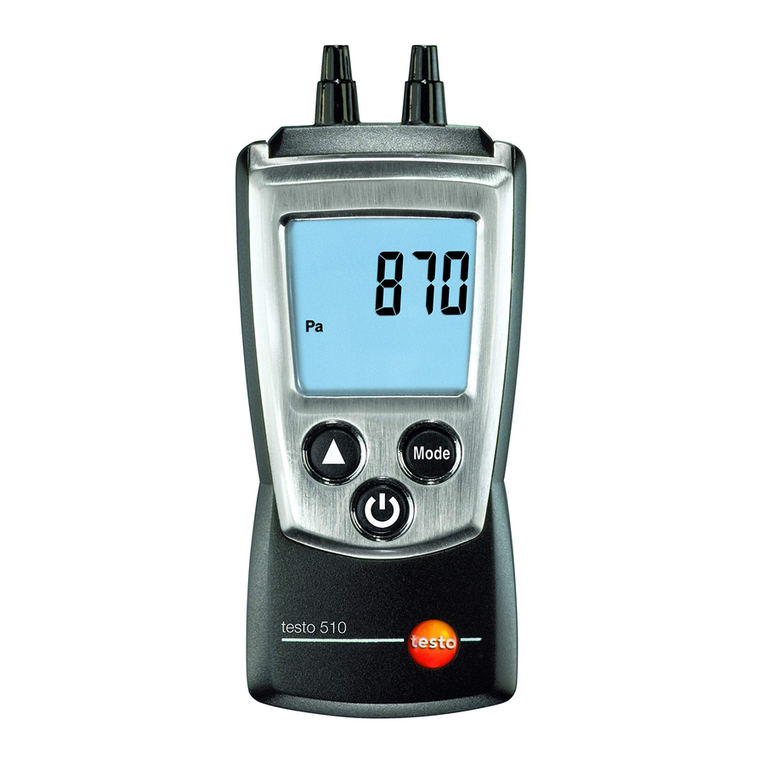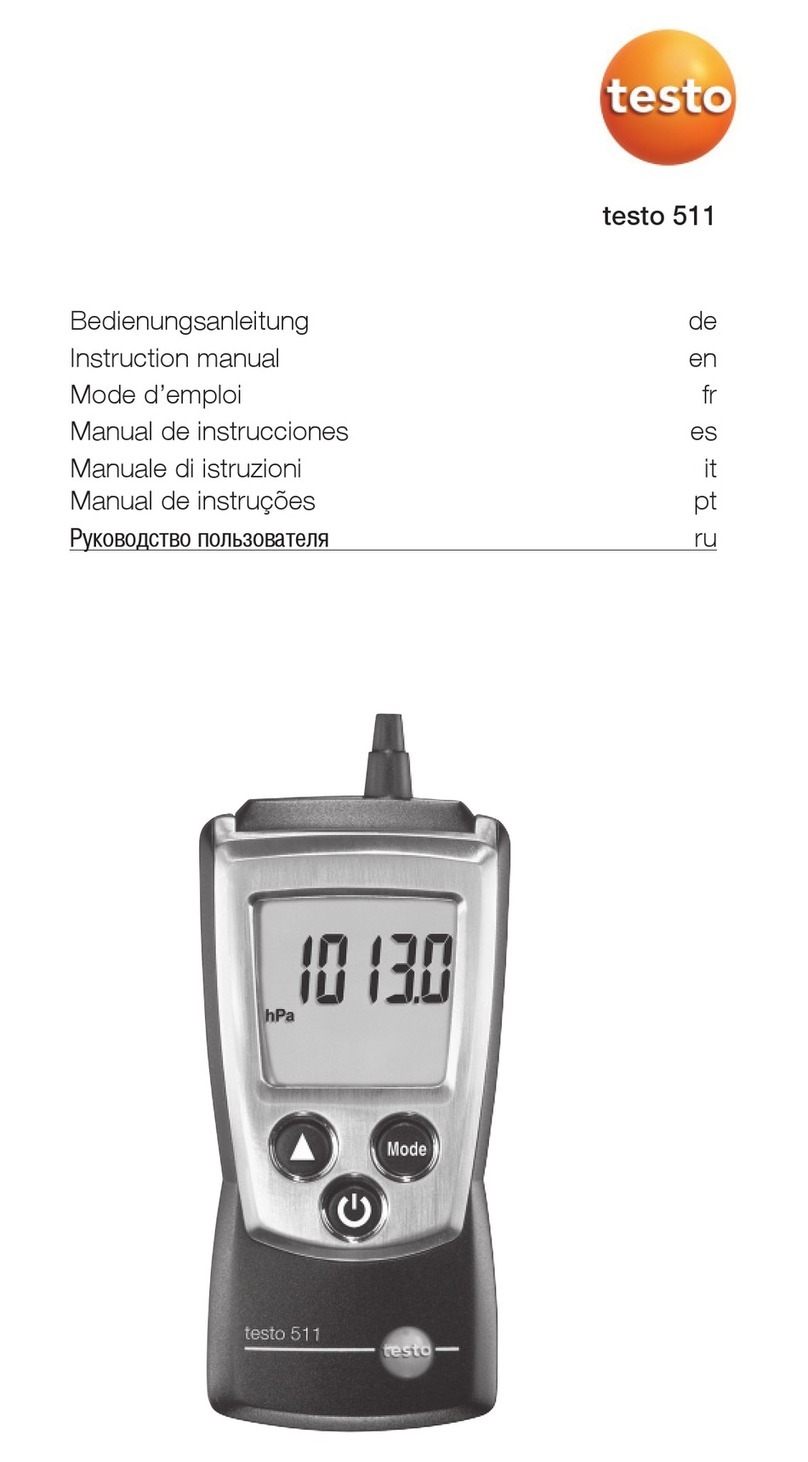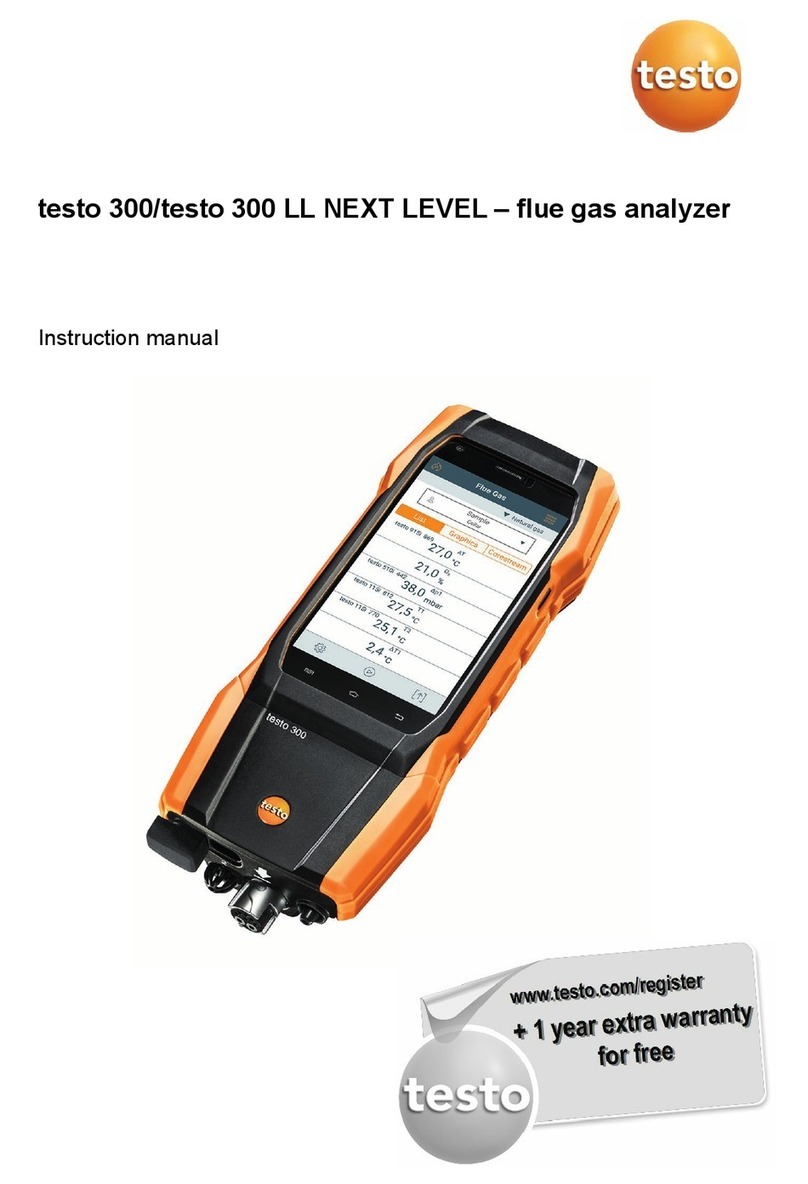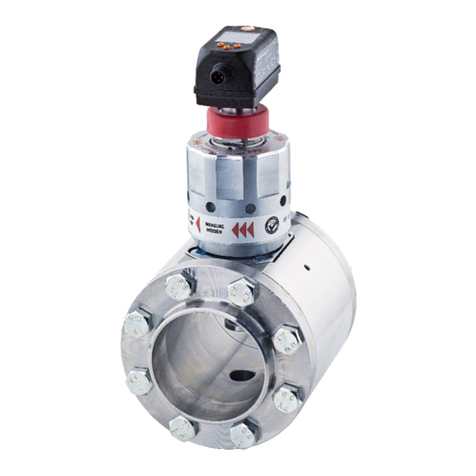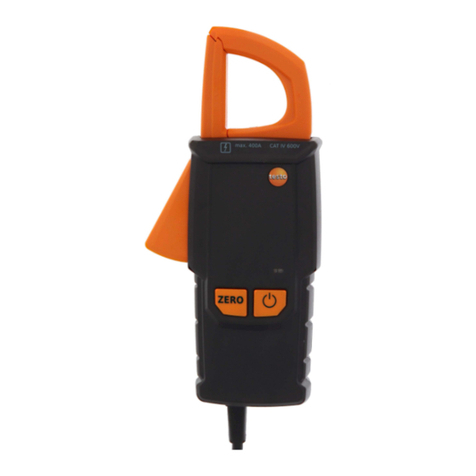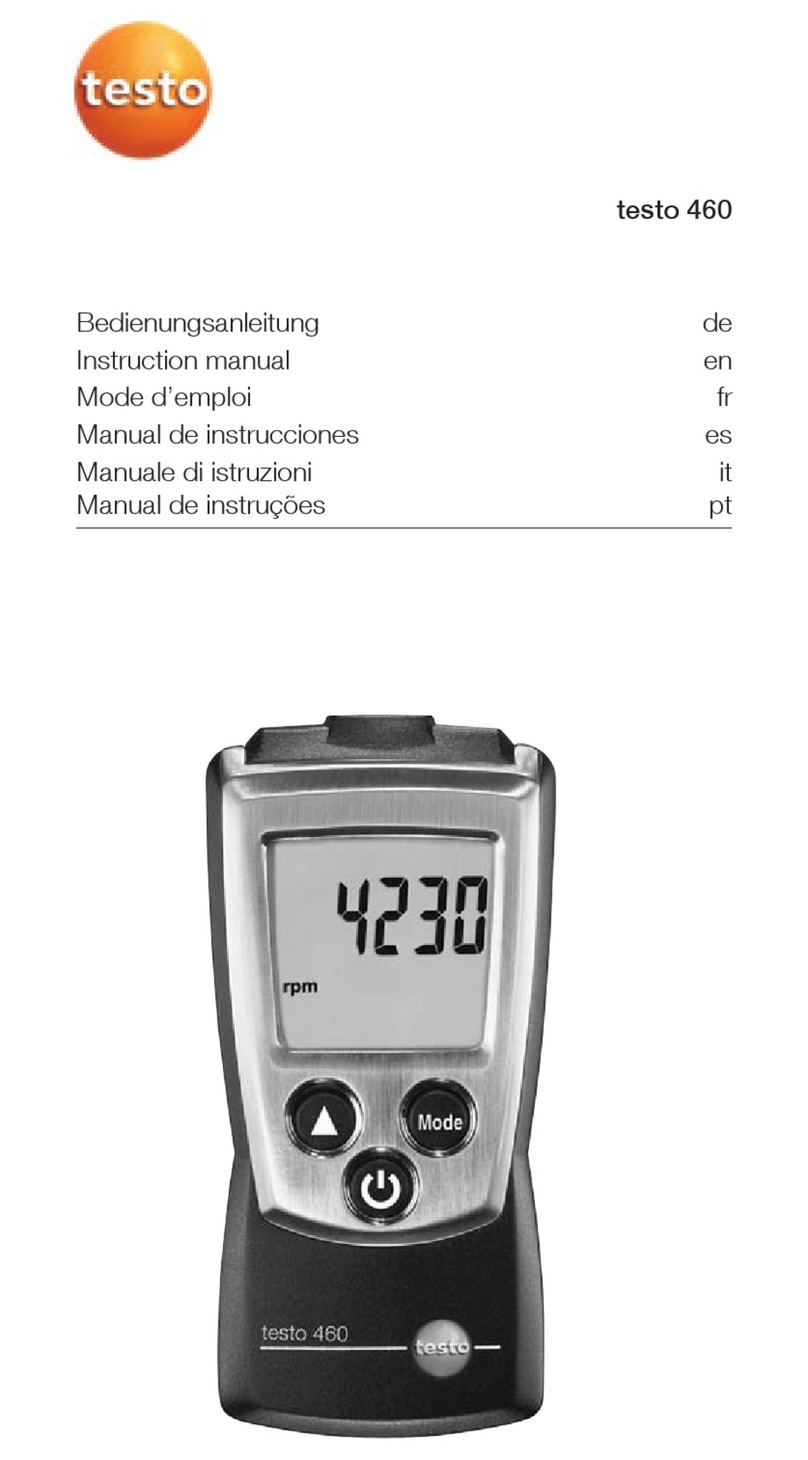
1 Contents
4
5.2.5. Entering values.............................................................................................. 33
5.2.6. Show graphic................................................................................................. 34
5.2.7. Printing / saving data ..................................................................................... 35
5.2.8. Remembering data (clipboard) ...................................................................... 35
5.2.9. Confirming an error message ........................................................................ 35
5.2.10. Switching off .................................................................................................. 36
5.3. Address/Location .......................................................................... 36
5.4. Measurement records ................................................................... 38
5.5. Instrument diagnosis..................................................................... 39
6Using the product ................................................................................. 40
6.1. Performing settings ....................................................................... 40
6.1.1. Assigning the right function key ..................................................................... 40
6.1.2. Instrument settings ........................................................................................ 40
6.1.2.1. Readings display............................................................................. 40
6.1.2.2. Alarm limits...................................................................................... 42
6.1.2.3. Units................................................................................................ 42
6.1.2.4. Date / time....................................................................................... 42
6.1.2.5. Energy management ....................................................................... 43
6.1.2.6. Display brightness ........................................................................... 43
6.1.2.1. Choose measurement type .............................................................43
6.1.2.2. Printer ............................................................................................. 44
6.1.2.3. Bluetooth®....................................................................................... 44
6.1.2.4. Language ........................................................................................ 44
6.1.2.5. Country version ............................................................................... 45
6.1.2.6. Password protection........................................................................ 45
6.1.3. Sensor settings.............................................................................................. 46
6.1.3.1. NO2addition.................................................................................... 46
6.1.3.2. O2reference .................................................................................... 46
6.1.3.3. Sensor protection ............................................................................ 47
6.1.3.4. Recalibration / adjustment ............................................................... 47
6.1.4. Fuels.............................................................................................................. 48
6.1.5. Programs....................................................................................................... 49
6.2. Measuring ..................................................................................... 50
6.2.1. Preparing for measurement ........................................................................... 50
6.2.1.1. Zeroing phases................................................................................ 50
6.2.1.2. Using the modular flue gas probe.................................................... 51
6.2.1.3. Configuring the reading display ....................................................... 52
6.2.1.4. Setting location and fuel .................................................................. 52
6.2.2. Flue gas......................................................................................................... 52
6.2.3. Draught-Measurement................................................................................... 54
6.2.4. Micro pressure probe..................................................................................... 55
6.2.5. BImSchV (testo 330-2 LL)..............................................................................56
6.2.6. CO undiluted.................................................................................................. 57
6.2.7. Smoke No. / HCT........................................................................................... 57
6.2.8. Differential pressure....................................................................................... 58
6.2.9. Differential temperature ................................................................................. 59
6.2.10. O2 air............................................................................................................. 59
6.2.11. Gas flow ........................................................................................................ 60
6.2.12. Oil flow........................................................................................................... 61
6.2.13. CO ambient ................................................................................................... 61
6.2.14. CO2 ambient ................................................................................................. 62

